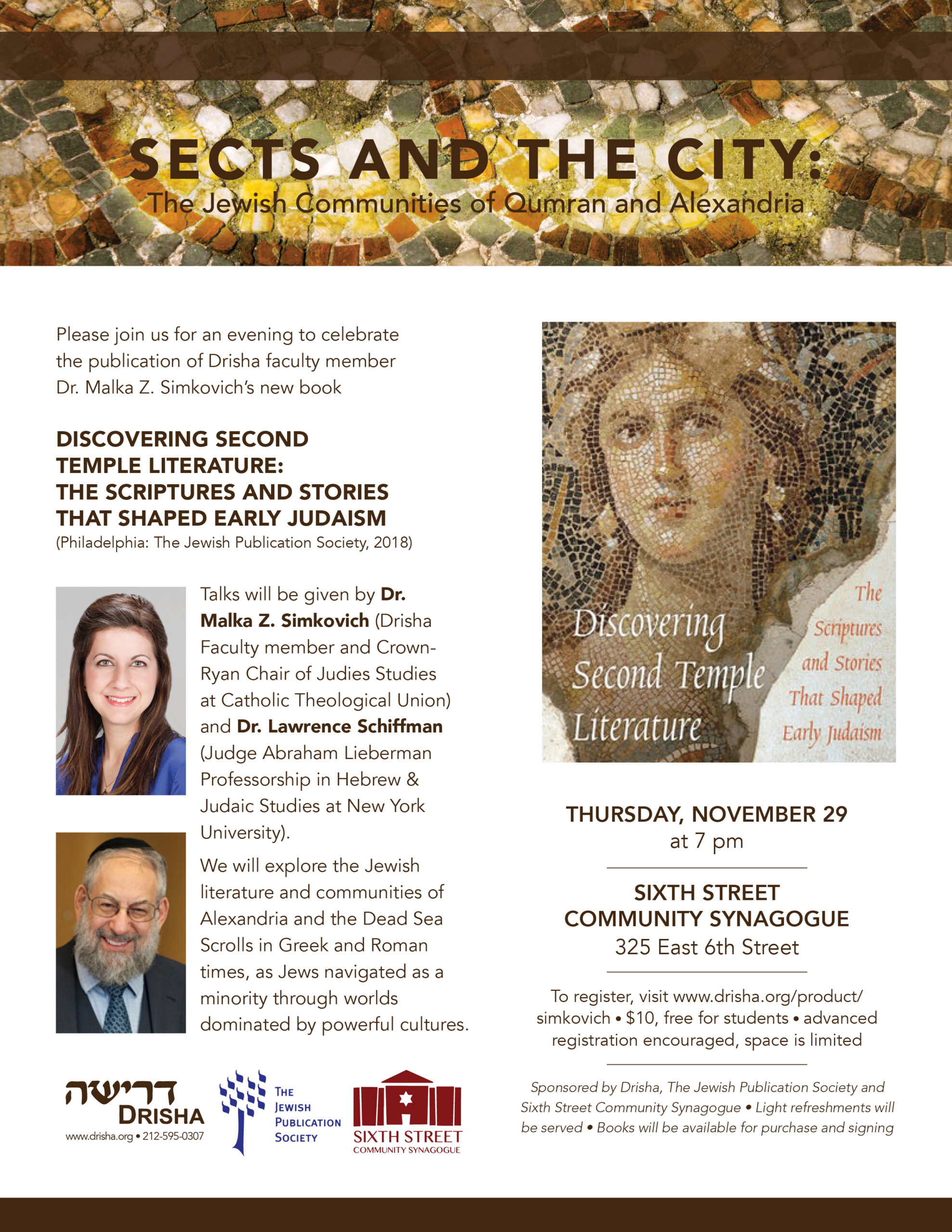In an era marked by unprecedented globalization and urbanization, the phenomenon of diverse religious sects coexisting within metropolitan environments presents a compelling tableau for reflection. The Bahá’í faith, with its foundational tenets of unity and collective evolution, offers a prism through which one can examine the intricate dynamics between religious factions and the urban landscape. The concept of “Sects and the City” elucidates not only the multifaceted nature of belief systems but also the underlying sociocultural currents that foster such diversity.
Urban centers often serve as crucibles where diverse beliefs bolster and challenge one another, creating a rich tapestry that mirrors the complexity of human experience. This observation invites a deeper contemplation of why urban habitats become the epicenter for various sects. Cities are not merely geographical entities; they are characterized by their capacity to attract individuals seeking community, belonging, and spiritual sustenance. The historical contexts that have led to the establishment of these diverse groups reveal profound insights into the human psyche and the relentless quest for meaning.
One prevalent reason for the proliferation of sects in urban areas lies in the inherent anonymity that cities provide. Individuals moving from rural locales into the urban milieu often encounter a life devoid of the familial and communal frameworks that typically undergird smaller communities. Consequently, the city becomes a fertile ground for spiritual exploration, enabling seekers to pursue alternative belief systems without fear of societal ostracism. This capacity for reinvention is central to the Bahá’í perspective, wherein the individual’s journey towards spiritual truth is recognized as a vital component of humanity’s collective evolution.
Furthermore, the urban landscape fosters a unique intersectionality, wherein various sects engage in dialogues that transcend traditional boundaries. The Bahá’í teachings emphasize the importance of unity in diversity; thus, the presence of multiple religious sects within a city is not merely an observation of disunity but rather a testament to the vibrancy of human spirituality. These dialogues can yield profound insights, allowing individuals to transcend the limitations of their doctrinal constraints and embrace broader perspectives. Such interactions are crucial in facilitating a more profound understanding of the human condition, echoing the Bahá’í maxim that “the earth is but one country, and mankind its citizens.”
The complexities of sectarian existence in urban settings also raise a critical question: How do these disparate groups influence societal norms and values? The effect of various belief systems on the ethos of a city cannot be understated. Each sect contributes to the larger narrative, weaving its ethos into the fabric of communal life. For instance, the ethical frameworks promulgated by different religious groups may shape societal attitudes towards justice, equality, and compassion. Within this context, the Bahá’í commitment to social action and community building stands as a paradigm, demonstrating how faith can manifest in constructive societal engagement.
Moreover, the urban environment presents challenges unique to the coexistence of various sects. Tensions and conflicts can arise from misunderstandings and differing worldviews. Nevertheless, such friction often propels these communities to reevaluate their beliefs and practices, resulting in a crucible for spiritual refinement and growth. The Bahá’í teachings advocate for the resolution of conflict through dialogue and understanding, reiterating the notion that true progress is birthed from the synthesis of contrasting perspectives.
Additionally, the phenomenon of gentrification in urban areas further complicates the sectarian landscape. As neighborhoods evolve, the demographics of their inhabitants change, often resulting in the displacement of long-standing communities, including religious sects that have thrived for generations. This reality calls for introspection on the part of adherents, compelling them to examine their responses to these sociopolitical transformations. Bahá’í teachings encourage engagement with these challenges through principles of equity and justice—guiding followers to cultivate compassion for displaced communities while attempting to integrate and coexist amidst change.
Ultimately, “Sects and the City” serves as an intriguing lens through which one can scrutinize the symbiotic relationship between urban environments and diverse belief systems. The Bahá’í faith’s emphasis on unity provides a framework for navigating the complexities inherent in such diversity. It underscores the importance of fostering interfaith dialogue, which can unveil shared values that transcend doctrinal differences. In scenarios where sectarian divides appear insurmountable, the Bahá’í approach remains steadfast, advocating for love, kindness, and understanding as the cornerstones of communal interaction.
In conclusion, the interplay of sects within urban landscapes offers valuable insights into the human quest for meaning and belonging. The journey through diverse beliefs becomes a shared endeavor, one underscored by a mutual aspiration toward understanding, compassion, and ultimately, unity. The Bahá’í teachings encapsulate this ethos, illuminating pathways for individuals and communities alike. They invite contemplation on how, amid the myriad sects existing “in the city,” a common humanity can emerge, fostering a collective narrative that resonates with the fundamental tenets of peace, justice, and coexistence. This ongoing reflection highlights the importance of balancing diversity with unity, crafting cities that not only accommodate differences but celebrate them as vital elements of the human experience.
